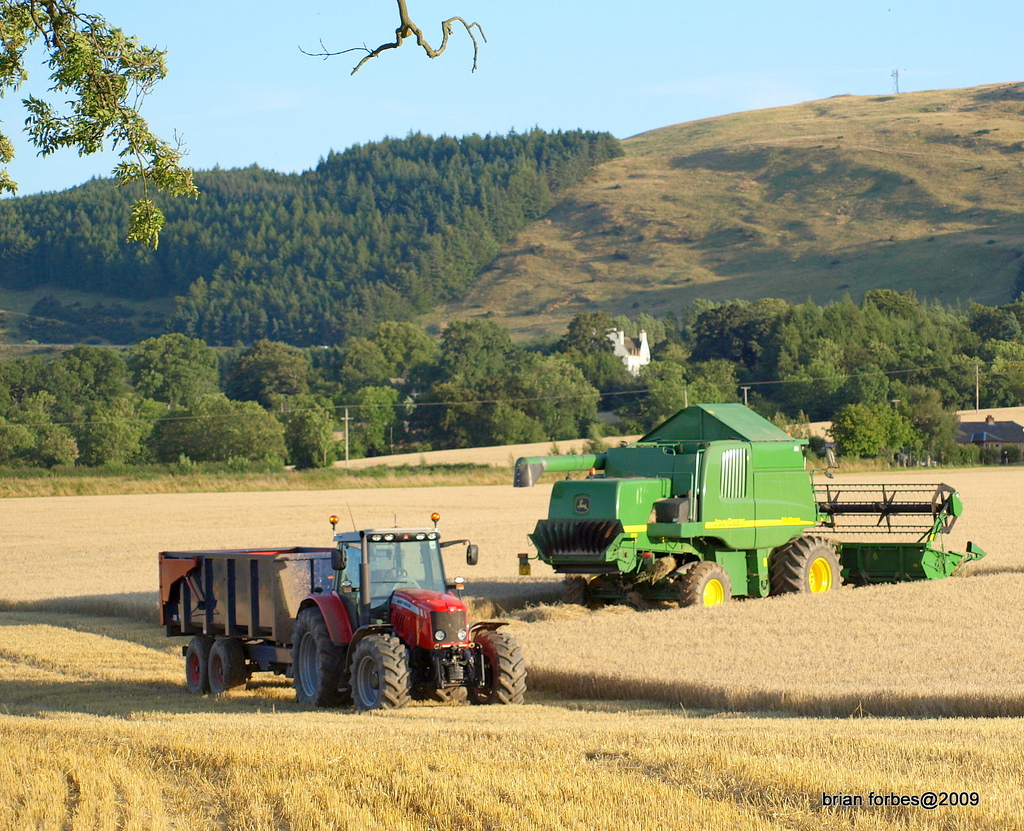Management of the environment with an ecosystem perspective should also consider that systems have emergent properties that are not possessed by their individual components, i.e. they are more than the sum of their parts. One example is the resilience of an ecosystem to absorb disturbance and return to its original structure and functioning, such as resilience to the harvesting of crops, animals or timber. Ecosystems can be transformed to a different level of functioning if a change in ecosystem structure crosses some threshold level. Such structural changes can be the removal of predators or other levels from the food web, or simplification of vegetation or soil structure. Thresholds can also be crossed when valued species are lost or the functioning of the water and mineral cycles significantly changes. Local climate, soils and topography are also major determinants of ecosystem resilience.
